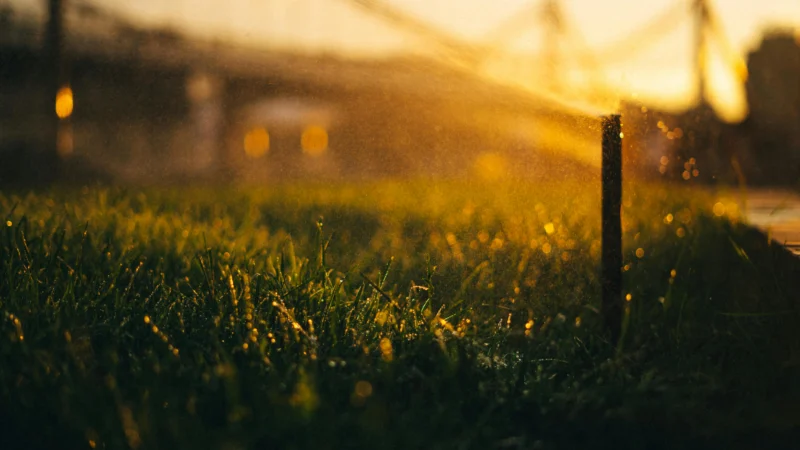Will Future Designs Utilize a Smaller Footprint?
Commentary:
Architects plan for the future with every design, and right now they are in a precarious spot. Will clients want designs that utilize smaller foot prints or is that an over reaction to the past year? We asked architect Margine Biswas to weigh in on what design trends she is seeing.
UC Santa Barbara made waves recently when it was leaked that a possible plan for a new dorm unit would be mostly windowless. But this sparks a relevant debate for designers. How do architects balance the cost for their clients with a design that utilizes the best form and function?
Abridged Thoughts:
Owners are going back to pre-pandemic footprints. It was only at the beginning of the pandemic when we saw a change to a typical project scope. Today, our clients are getting ready to a normalized occupancy. For example, restaurants are increasing their square footage to allow extra space between their clients.
Good design equals good business. No one wants to send their children to a windowless dorm. It is important to educate our clients about how people are willing to pay more when they are giving what they want in the long run. This is more profitable. Sometimes there are budgetary constraints, and design teams must incorporate creative ideas to provide the best solution within a given budget. But this can only be done when the budget is established at the beginning of the project.









